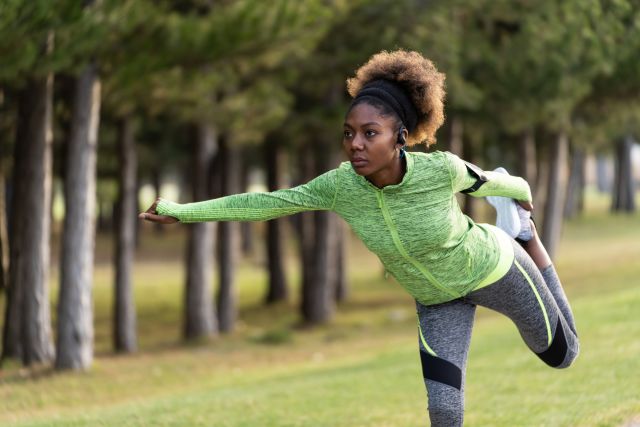Updated on August 11, 2023
Psoriatic arthritis is a type of arthritis that affects up to 30 percent of people with psoriasis. It is the result of abnormal immune system activity that causes inflammation in the tissues that make up the joints. It can cause pain, tenderness, swelling, and stiffness in the joints, as well as other symptoms. These symptoms can affect any joint in the body. Over time, psoriatic arthritis can cause permanent joint damage and disability.
If you have psoriatic arthritis, the most important thing you can do to protect your joints is to work with a healthcare provider to find a treatment that works for you. There is no cure for psoriatic disease, but there are treatments that can control inflammation and prevent long-term complications.
In addition to treatment, lifestyle changes and simple strategies can also help protect your joints. Below are some ideas.
Maintain a healthy body weight
The reasons for achieving and maintaining a healthy weight are numerous. Carrying more weight puts added stress on your joints. It also puts a person at a greater risk of developing serious health conditions such as cardiovascular disease and type 2 diabetes.
For psoriasis patients who are obese, losing weight is associated with a better response to treatment. Talk to your healthcare provider about strategies for losing weight safely.
Stay physically active
Exercise has a number of benefits to your joints and exercising regularly can be a proactive step to protecting your joints from the impact of psoriatic arthritis. Exercise helps maintain range of motion. It may reduce symptoms like stiffness, pain, and fatigue. It strengthens the muscles that support your joints, which lessens the amount of stress movements and activities place on the joints. Talk to your healthcare provider about exercising safely. You may also want to work with a physical therapist or occupational therapist who has experience training people with psoriatic arthritis.
Maintain good posture
When standing or sitting, keep your back straight (but don’t arch it). Also, avoid standing or sitting in the same position for long periods of time—take a break, take a walk, do some gentle movements and stretches, or adjust the way you are sitting or standing.
Choose the right footwear
Psoriatic arthritis is common in the small joints close to the nails on the hands and feet. It is also frequently accompanied by nail psoriasis, which causes thickening, pitting, and crumbing of the nails. Wearing the proper footwear can protect your toenails and the small joints of your feet. Choosing proper footwear isn’t complicated:
- Choose shoes that offer the appropriate amount of arch support for your foot, offer some cushioning, and have enough room for your toes.
- Avoid high heels, tight-fitting shoes, and shoes that offer minimal cushioning or support (such as ballet flats of flip flops).
Also, change socks regularly to help keep your feet free of bacterial and fungal infections.
Take a break when you need it
Psoriatic disease is hard on the body—and the mind as well. Fatigue is both a symptom of psoriatic arthritis and also a side effect of some medications for psoriatic arthritis. It’s important to pay attention to your energy levels and mood, recognize when you are burning out, and take a break when you need it. You can also try scheduling breaks throughout the day. Taking time to destress and getting adequate amounts of sleep can also help improve energy levels.






